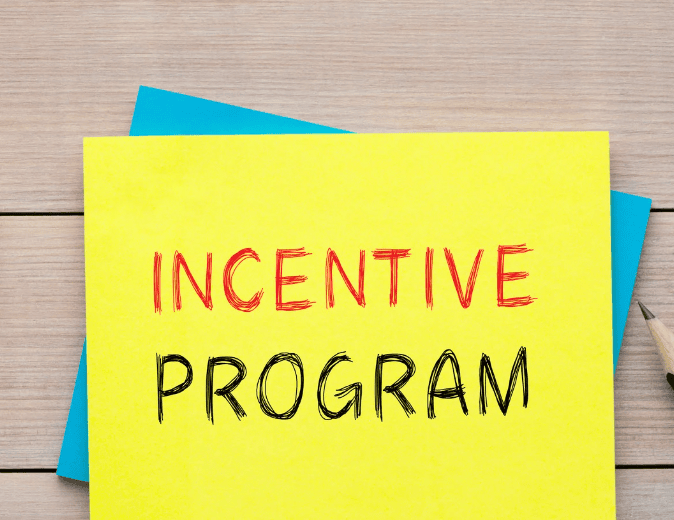
As we step into 2025, the world of compensation and benefits continues to evolve rapidly, driven by technological advances, shifting workplace dynamics, and evolving employee expectations. Organizations that stay ahead of these trends can better attract, retain, and motivate top talent in an increasingly competitive market. Let’s explore the key compensation trends that will shape the landscape this year and how employers can adapt to remain competitive.
Pay Transparency and Equity
The call for transparency in pay practices and equity across roles will only intensify in 2025. Employees want to understand how their salaries are determined and how they can grow within an organization. Pay equity also remains a critical factor in building trust and demonstrating corporate responsibility.
Key Strategies for Employers:
Implement Pay Audits: Regularly assess compensation structures to identify and address pay disparities.
Clear Salary Bands: Define and communicate salary ranges for all roles, ensuring clarity on how promotions and raises are determined.
Communicate Compensation Philosophy: Share the organization’s approach to determining pay and rewarding performance to build trust.

Why It Matters:
Companies that embrace pay transparency can build stronger employee loyalty, improve workplace morale, and avoid legal risks associated with unequal pay practices. Candidates also prioritize transparency, making it a key differentiator in talent acquisition.

Rise of Variable Pay Structures
Performance-based pay models, including bonuses, profit-sharing, and stock options, will gain traction as companies seek to align employee efforts with business outcomes. In today’s results-driven environment, these models offer a dynamic way to reward achievements.
Key Trends to Watch:
Team-Based Incentives: Encouraging collaboration by tying bonuses to team achievements.
Individual Performance Bonuses: Customizing pay incentives to individual contributions, especially for knowledge-based roles.
Short-Term Incentives: Offering quarterly bonuses to provide more frequent performance feedback.
Employer Action Plan:
Clearly define performance metrics that determine bonus eligibility.
Use technology to track and communicate progress toward incentive goals in real time.
Provide transparent payout timelines to boost motivation.
Personalized Benefits Packages
The one-size-fits-all benefits approach is quickly becoming outdated. Employees now expect packages tailored to their individual needs and lifestyles.
Emerging Trends in Personalized Benefits:
Flexible Health Plans: Allowing employees to choose coverage levels and specific services.
Lifestyle Perks: Offering student loan repayment assistance, wellness stipends, and mental health resources.
Family-Focused Benefits: Increased parental leave options, childcare support, and adoption assistance.
Best Practices for Employers:
Survey employees to understand their benefit preferences.
Partner with benefit providers that offer customizable options.
Regularly update benefits to reflect evolving employee priorities.

Remote Work and Location-Based Pay Adjustments
As remote work remains a dominant model, companies are grappling with how to handle compensation for geographically dispersed employees.
Considerations for 2025:
Location-Based Pay Policies: Adjusting salaries based on the cost of living in an employee’s location.
Hybrid Pay Models: Offering a base salary with location-based modifiers for certain roles.
Balancing Fairness and Flexibility:
Define clear guidelines for how location affects pay.
Provide relocation support or adjust salaries when employees move to higher- or lower-cost areas.
Be transparent with remote workers about how pay is determined.

Skills-Based Pay Structures
The focus on skills rather than traditional job titles will reshape compensation models. Employees will be rewarded based on the unique skills they bring to the table, fostering continuous learning and growth.
Trends to Watch:
Skills Inventories: Cataloging and evaluating the skills within an organization.
Upskilling Incentives: Offering pay increases tied to skill certifications or completed training programs.
Steps to Implement Skills-Based Pay:
Develop frameworks for assessing and pricing critical skills.
Collaborate with learning and development teams to create pathways for skill advancement.
Incorporate skills assessments into performance reviews.
Technology-Driven Compensation Management
Artificial intelligence and advanced data analytics are transforming how companies manage pay decisions.
Innovative Tools to Consider:
Compensation Benchmarking Platforms: Tools that provide real-time salary data.
AI-Based Pay Equity Analyzers: Systems that detect pay gaps and recommend corrective actions.
How Technology Enhances Decision-Making:
Automates repetitive compensation tasks.
Provides insights into market trends and internal equity issues.
Helps predict compensation trends and employee turnover risks.


Mental Health and Wellness Incentives
Employee well-being continues to be a top priority, with mental health support integrated into compensation strategies.
Creative Incentives for 2025:
Wellness Bonuses: Rewards for participating in health and fitness programs.
Mental Health Days: Additional paid time off specifically for mental rejuvenation.
Access to Counseling Services: Fully or partially subsidized mental health resources.
Why It’s Essential:
Companies prioritizing mental health will see higher engagement, lower turnover, and enhanced productivity. A supportive culture also attracts top talent.
Focus on Total Rewards Communication
It’s not enough to offer competitive compensation—employees must understand the full value of their rewards package.
Communication Best Practices:
Total Compensation Statements: Providing detailed summaries of salary, benefits, and incentives.
Regular Pay Discussions: Incorporating compensation reviews into performance management cycles.
Employee Education: Hosting workshops on financial wellness and the company’s benefits.
Conclusion
Compensation in 2025 is about more than just paychecks—it’s a comprehensive strategy encompassing transparency, personalization, technology, and well-being. By adapting to these trends, companies can create compelling reward systems that attract top talent and foster long-term engagement. Organizations willing to invest in equitable, flexible, and forward-thinking compensation practices will be well-positioned to thrive in the evolving workplace landscape.
Let 2025 be the year your compensation strategy leads the charge toward a more rewarding future for both employers and employees. Prioritize innovation, embrace equity, and focus on total well-being to build a workforce that’s engaged, motivated, and ready to succeed.
Author


